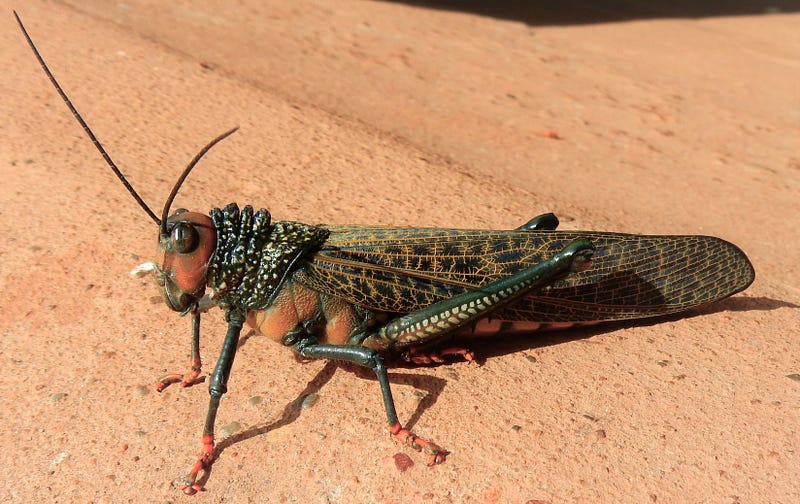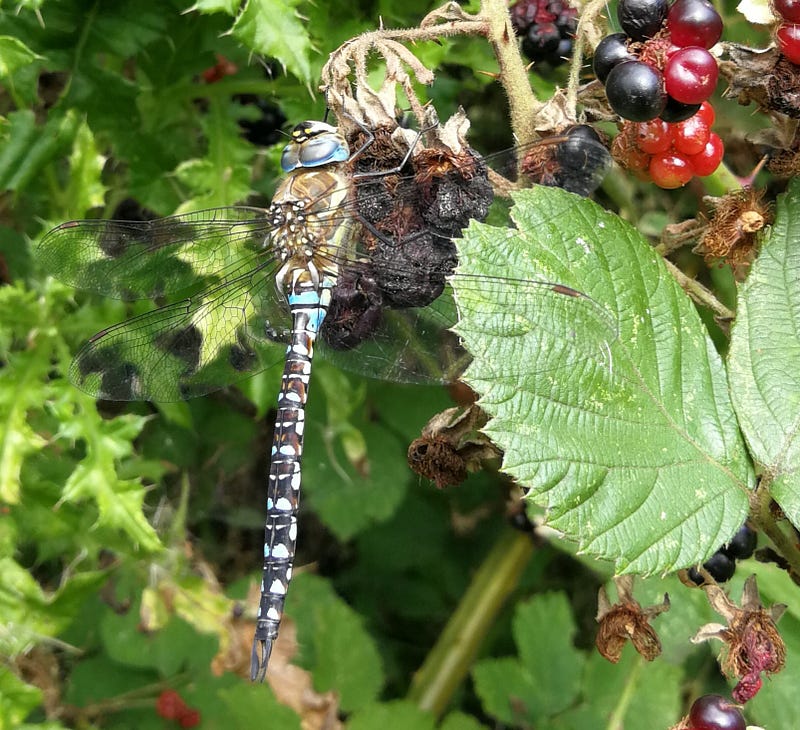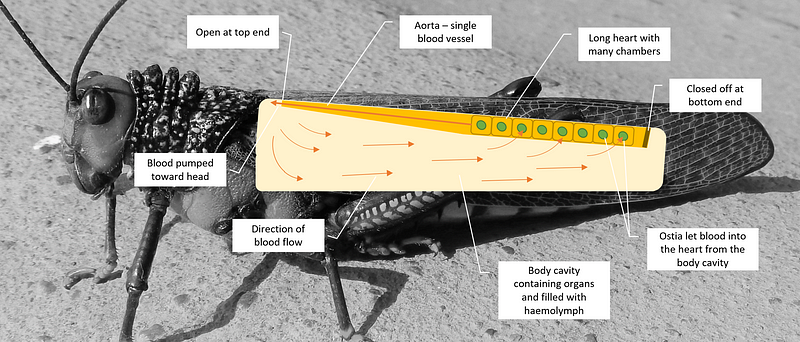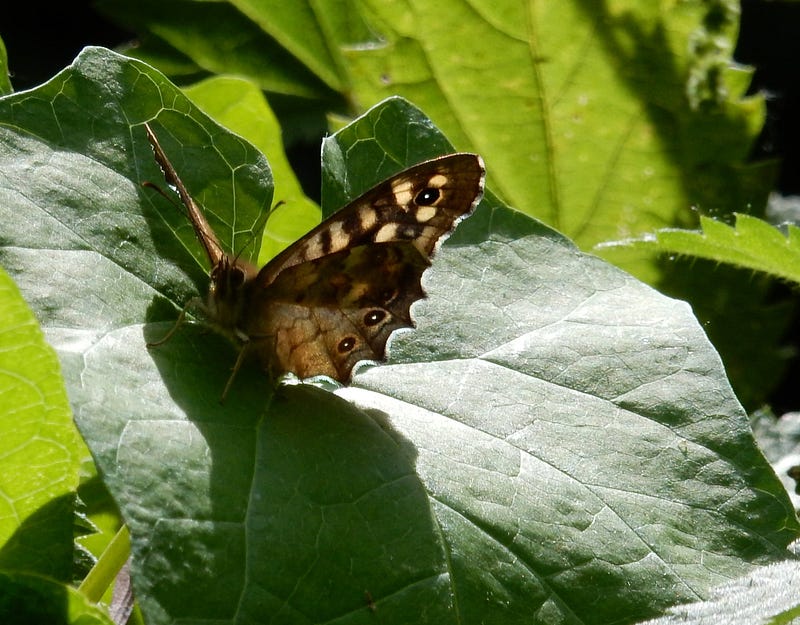Insect Circulation: Understanding the Heart and Haemolymph
Written on
Chapter 1: The Unique World of Insect Circulation
Insects, often squished during everyday encounters, may seem simple, but their internal systems are anything but. When you crush a common bug like an aphid or a beetle, the resulting mess can be quite gruesome. The yellowish goo left behind is a signature of their unique biology. Surprisingly, if you spot red after squashing a house fly, it's due to the pigment from their damaged eyes mingling with their yellowish haemolymph.

What is Insect Blood?
Insect blood, scientifically known as haemolymph, is a fascinating fluid. The term is derived from the Greek word "haîma," meaning blood, and "lympha," referring to water nymphs. Unlike mammalian blood, haemolymph does not contain hemoglobin, which is responsible for oxygen transport in human blood.
Instead of relying on blood vessels, insects breathe through openings called spiracles that connect to tracheae, allowing them to absorb oxygen directly and expel carbon dioxide.

Functions of Haemolymph
The primary role of haemolymph is to distribute essential nutrients throughout the insect's body while also removing waste. It carries chemical signals like hormones, enabling the insect to respond effectively to environmental changes. Additionally, insects possess a form of immune defense; their haemolymph contains various cells that help heal injuries and fight off infections.
For insects undergoing metamorphosis, such as butterflies, haemolymph plays a crucial role in expanding their wings for the first time.
Us vs. Them
Humans, as mammals with a closed circulatory system, rely on a robust, four-chambered heart to pump blood through a network of vessels. This system ensures that oxygen and nutrients reach our tissues while waste products are efficiently removed. When we sustain a minor injury, we bleed because we cut through blood vessels, but we heal relatively quickly.
Conversely, insects operate with an open circulatory system, meaning their internal organs are bathed directly in haemolymph. This unique structure allows organs to absorb nutrients and release waste directly into the surrounding fluid.

Heart Structure and Function
Insects possess a long, tubular heart that runs along their back, sealed at the tail end and connected to the aorta at the head. The heart's design varies among species, with grasshoppers having eight chambers and cockroaches having as many as thirteen. Each chamber contains ostia—valve-like openings that ensure haemolymph flows in only one direction.
When the heart contracts, it propels the haemolymph toward the aorta, creating a circulation that keeps the fluid moving throughout the insect's body.
The first video titled "Do Bugs Have Hearts And Brains?" delves into the fascinating anatomy of insects, exploring their circulatory system and how it differs from mammals.
Circulation Mechanism
The process of drawing haemolymph into the heart and expelling it through the aorta establishes a continuous flow, ensuring nutrients and signals reach their destinations. Some insects, like mosquitoes, even have additional organs called accessory pulsatile organs to assist in circulating haemolymph to their appendages.
Adaptations to Size
This open circulatory system is effective for smaller organisms, allowing for efficient transport of nutrients and gases. However, larger systems would struggle with the diffusion rates necessary for gas exchange.
Interestingly, the open system also facilitates quick heat distribution, which is advantageous for insects in warmer environments, although they must seek shelter during colder periods.

Low Pressure Dynamics
Haemolymph circulates at a low pressure compared to the high-pressure system in mammals, contributing to the slower flow. So, while the buzzing insect may irritate you, rest assured that its blood pressure remains low and stable.
The second video "Silent Theory - Fragile Minds (Lyrics)" explores themes of vulnerability, much like how insects navigate their delicate environments.